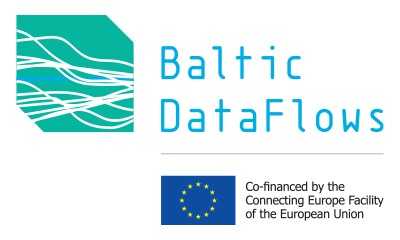
Lena Viktorsson is an Oceanographic analyst at the Swedish Meteorological and Hydrological Institute (SMHI). SMHI is a partner in the Baltic Data Flows project.
What is the current situation on Baltic Sea environmental data? Strengths? Challenges?
A wide range of data is collected all over the Baltic Sea by the countries surrounding this unique water body. There are many long timeseries that help us understand long term changes. In addition to this data, using well-known methods that has been used for decades, there is a range of new measurement methods aiming to improve coverage in both time and space. A challenge with this is to set up data flow from measurement to user that documents methods, quality, precision and so the end user can combine the data to get a deeper understanding of the environment and changes in it. To get the most out of this palette of monitoring data we need to improve existing chains of data flow and think ahead when developing new monitoring methods and datasets.
How can data help support our response to the environmental challenges faced by the Baltic Sea?
Data is the backbone of knowledge, with data that show the state of the environment and changes in it we can understand how our activities on land and at sea affects the state of the Baltic Sea. Many of the variables we measure are highly variable in both time and space, high frequency collection methods like ferry box and satellite in combination with high quality point data will improve our knowledge on changes in the environment and how we affect it.
What do you expect from the Baltic Data Flows project? For SMHI in particular? For the region in general?
SMHI are involved in a multitude of international projects on data collection and data flows in our effort to contribute to easy access to environmental monitoring data and continuous improvements of monitoring methods. With this project we want to make the data flows more efficient, further improve quality control systems for data and make sure that data is accessible in a format suitable to end users.
